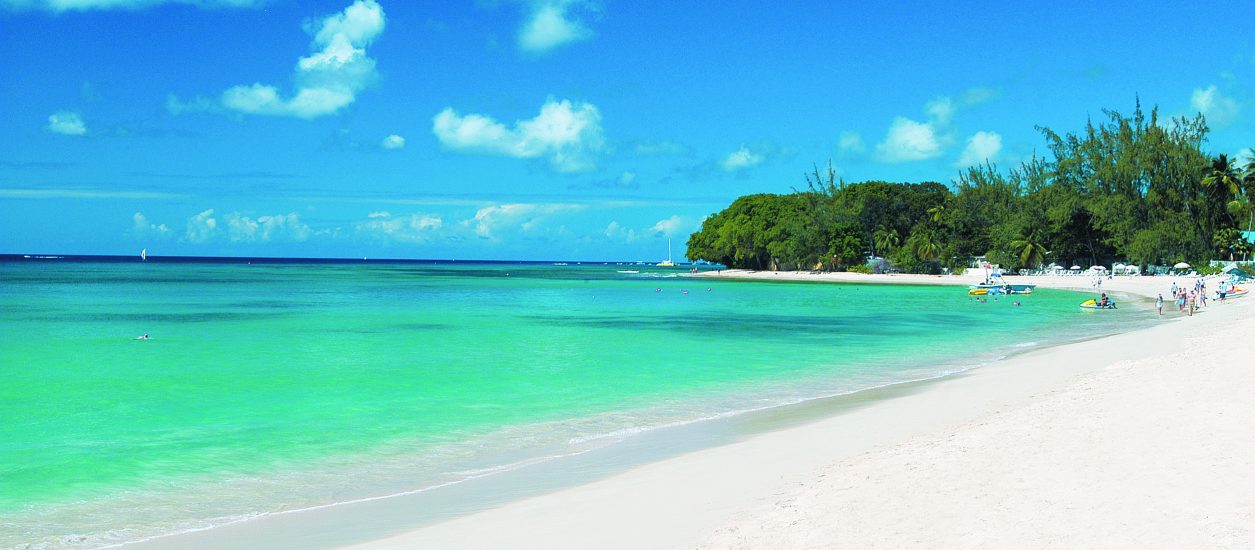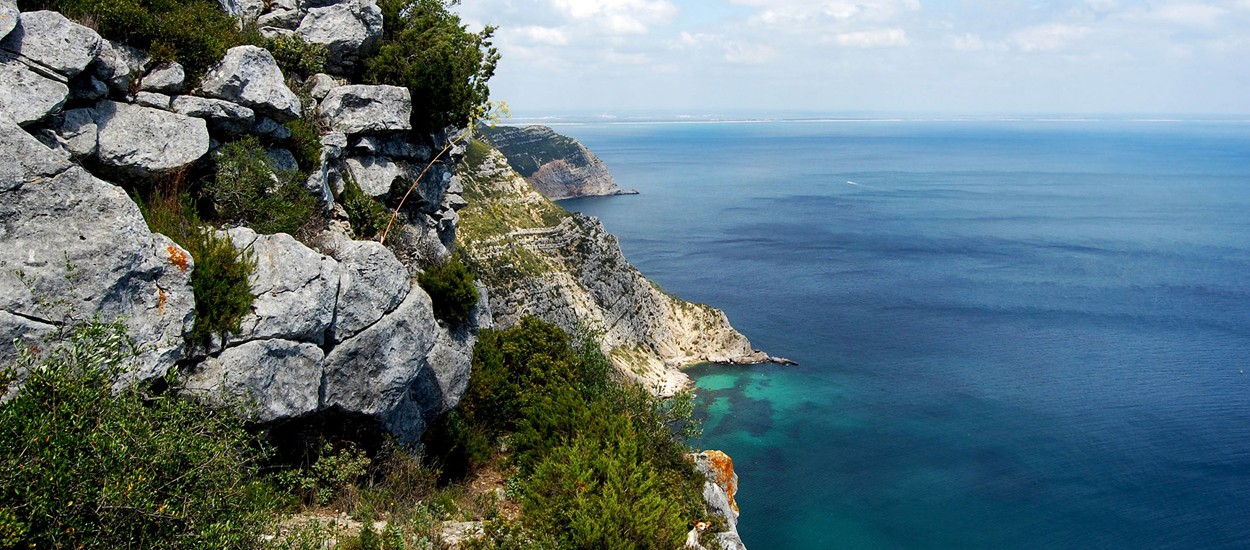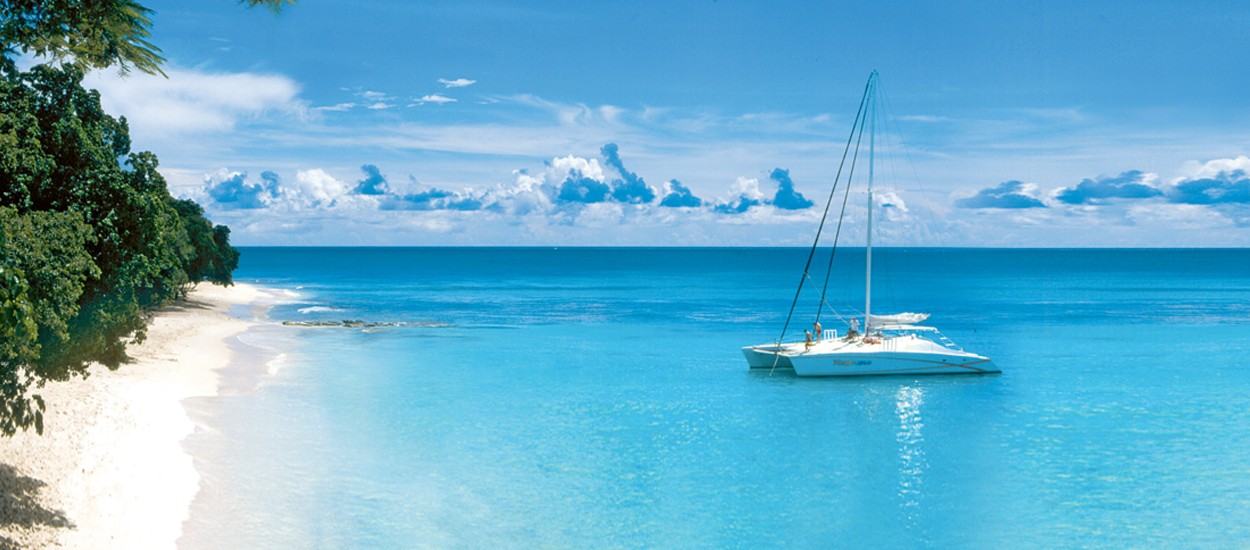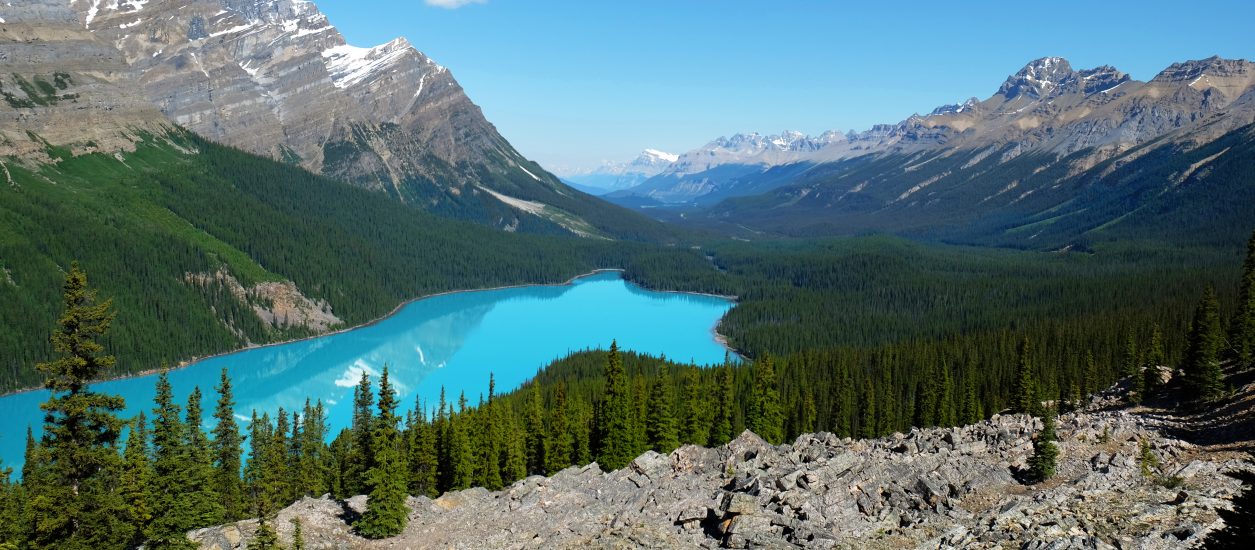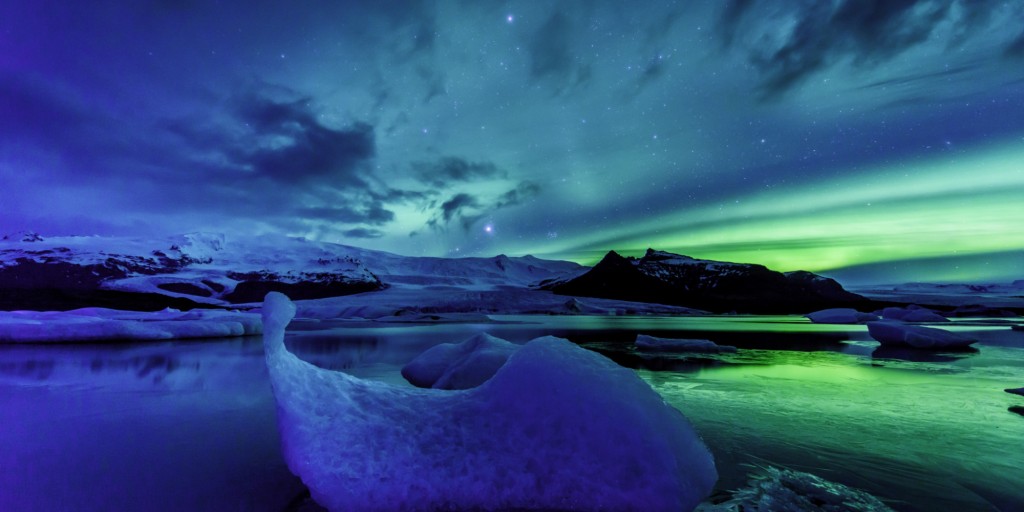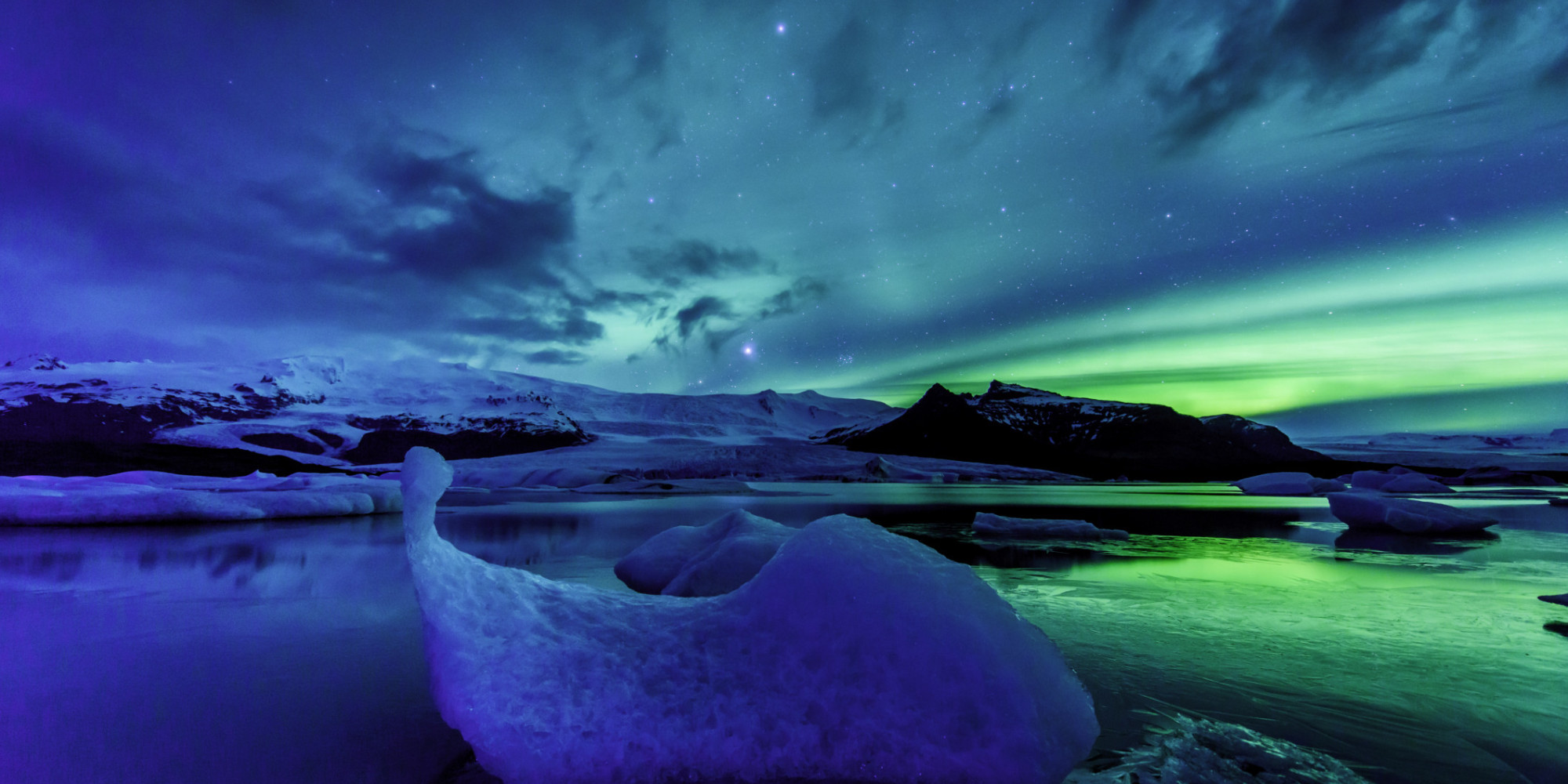Why should you visit Iceland?
There are few destinations that offer the extremities of climate, culture and character found in Iceland but with such punishing temperatures it is hardly a surprise that Iceland incurs the lowest population count of any European country. Within the country itself the residency is distributed irregularly with more than two thirds of the population residing in the capital, Reykjavik and its surrounding settlements.
Being a hub of tectonic activity and geothermal energy production puts Iceland on the bucket list of physical geographers everywhere. However, the appeal of this extraordinary country is not limited to experts in the field of tectonics and in fact the sheer vastness of the glacial landforms are sufficient to strike any viewer with a sense of awe rivalled by few other existing destinations.
Iceland, a pioneer in the use of geothermal energy, has been exploiting its location, on the Eurasian and North American plate boundary for years. A happy coincidence of the abundant geothermal activity is the restoring and refreshing Blue Lagoon, which is one of the most visited attractions in Iceland. Located in a lava field 39km away from the capital city the lagoon provides an idyllic, picturesque insight into the genuine faith once put in the healing qualities of the mineral rich water. Silica and sulfur found in the pools are reputed to cure various skin diseases and irrespective of the evidence for or against these claims it is not uncommon to see people lathering their bodies with these minerals in the hopes of some purifying results. The milky blue waters are indisputably a thoroughly essential aspect of the Icelandic adventure and as you submerge yourself in waves of blissfully hot water you’ll regret that you ever have to leave this phenomenal country.
A must see if you make the wise decision to holiday in Iceland is of course the glaciers: Whether you are brave enough to take a tour and climb the frozen structures or would prefer to stay behind a lens and exploit the fabulous photo opportunity, these alpine landforms are a must see.
The elusive and unpredictable nature of the Northern Lights makes them all the more intriguing and to have the best chance of seeing them you may choose to schedule your visit for September to mid-April when Iceland experiences nights of full darkness without the disruptive weather conditions of mid winter. In addition, if staying up all night in the hopes of seeing the natural wonder doesn’t appeal to you, you may opt to stay in one of several hotel that offer wake-up services in case an aurora becomes visible. In short, if given the opportunity to see the vast skies of Iceland illuminated by photon emitting electrons, it is not an experience I would pass up lightly.
The spectacular scenery found in Iceland is unlike any other country with its rugged fjords, erratic geysers and frothing hot springs. Ground out by years of glacial erosion, the dramatic landscape has become central to the image and appeal of this starkly beautiful country.
Written by Florence Hardy

